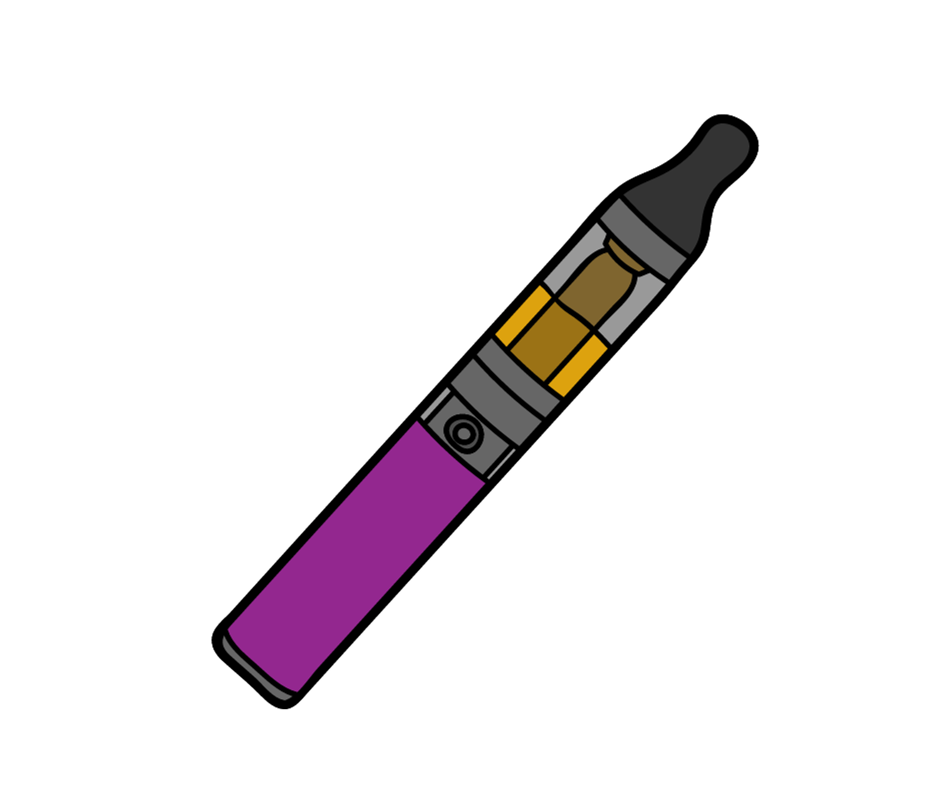
Our Approach
Our Approach
Our work is grounded by the Strategic Prevention Framework and we implement strategies that are tested by research and have been recognized as effective – often known as “evidenced-based.” We know that education alone is not enough to reduce risk in an individual with multiple risk factors for substance use. For effective prevention, we use of a mix of evidence-based strategies, engage different stakeholders (e.g., schools, law enforcement, health departments), and strategically use local data to address the risk and protective factors associated with the youth substance use challenges in the Scituate community. Click below to learn more about the different types of strategies we use to reduce and prevent youth substance use.
protective factors & risk factors
We know from years of prevention research that many important outcomes in adolescence are associated with specific factors in a young person’s community, school, and family environment, as well as with individual characteristics. Many of these risk and protective factors are common for other problem behaviors, so in targeting key factors for substance misuse, we will also have positive impacts on school achievement, delinquency, anxiety, and depression.
Proactive Factors
Address Risk Factors: Conditions that buffer youth from exposure to risk by either reducing the impact of the risks or changing the way that young people respond to risks.
Risk Factors
Address Risk Factors: Conditions that predict substance use
Protective Factors
Enhance Protective Factors: Conditions that buffer youth from exposure to risk by either reducing the impact of the risks or changing the way that young people respond to risks.
-
•Family history of substance use problems
•Persistent, serious family conflict
•Family management problems (such as ineffective parenting, lack of supervision, unclear expectations, lack of consequences)
•Favorable parental attitudes toward substance use
•Adverse childhood experiences (including history of parental mental illness; emotional, physical or sexual abuse or neglect; parental separation or divorce; family history of high-risk behavior; social isolation of the family; incarcerated household member)
-
•Availability of substances
•Community laws and norms favorable toward substance use
•Low neighborhood attachment and community disorganization
•Extreme poverty
•Neighborhoods changing, such as losing residents or becoming “gentrified”
•Inadequate youth services or opportunities for positive-social involvement
•Poor academic performance
•Lack of commitment to school
-
•Early and persistent antisocial behavior (lying, stealing, aggression)
•Friends who use substances
•Rebelliousness
•Criminal justice involvement or gang involvement
•Youth have favorable attitudes about substance use (low perception of risk; high perception of peer use; low disapproval of peer use)
•Early initiation of substance use
•Individual traits such as risk-taking or sensation-seeking behaviors; lack of self-control; poor social coping skills; susceptibility to negative peer pressure
-
•Strong family bonds, defined as warmth, attachment and commitment
•Healthy beliefs about substance use
•Parental monitoring and supervision
•Clear parental expectations and consequences for youth substance use
-
•Healthy norms about substance use
•Strong bonds with institutions that promote positive social involvement (school, community, church)
•Opportunities for positive social involvement, skill development, and reinforcement/recognition for involvement
-
•Individual traits such as resiliency, positive attitudes about social involvement
•Skills to interact positively in social situations and to refuse peer social pressure
•Academic success
Our Goals
Every year, the Scituate FACTS coalition create goals based on the local substance use challenges. We conduct ongoing analysis of data, including self-reported rates of substance use by local youth. We consider these trends, along with our local risk factors, protective factors, and capacity, to create a detailed action plan each year. The current coalition goals are to: reduce binge drinking, reduce marijuana use, reduce riding with a driver who had been drinking or using marijuana, and reduce nicotine vaping.
Our goal is to lower rates of risky behavior among youth in Scituate and to support families who are impacted by substance use.







